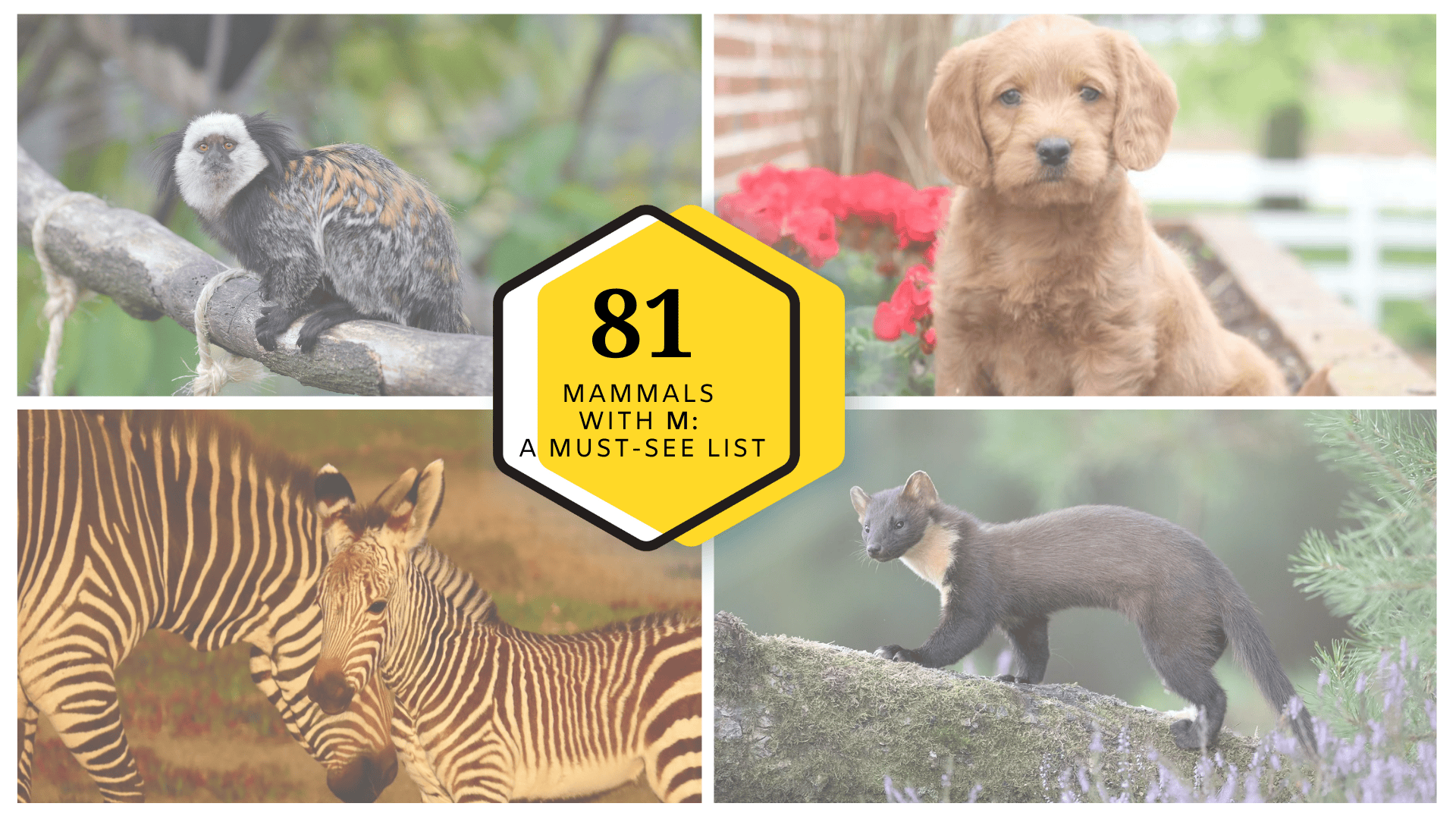
The animal kingdom is full of incredible creatures, and this time, we’re exploring an exciting lineup of mammals with M.
From majestic moose and mysterious mountain lions to miniature Maltipoos and mischievous monkeys, these mammals cover a wide range of sizes, habitats, and behaviors.
So, are you a wildlife enthusiast, a curious learner, or loves animals with memorable names? This list offers fun facts, scientific insights, and quirky traits about each “M” mammal.
Get ready to find species that are fast, furry, fierce—or flat-out adorable—all connected by the same starting letter!
Exploring the ‘M’ Named Mammal’s Kingdom
1. Macaque
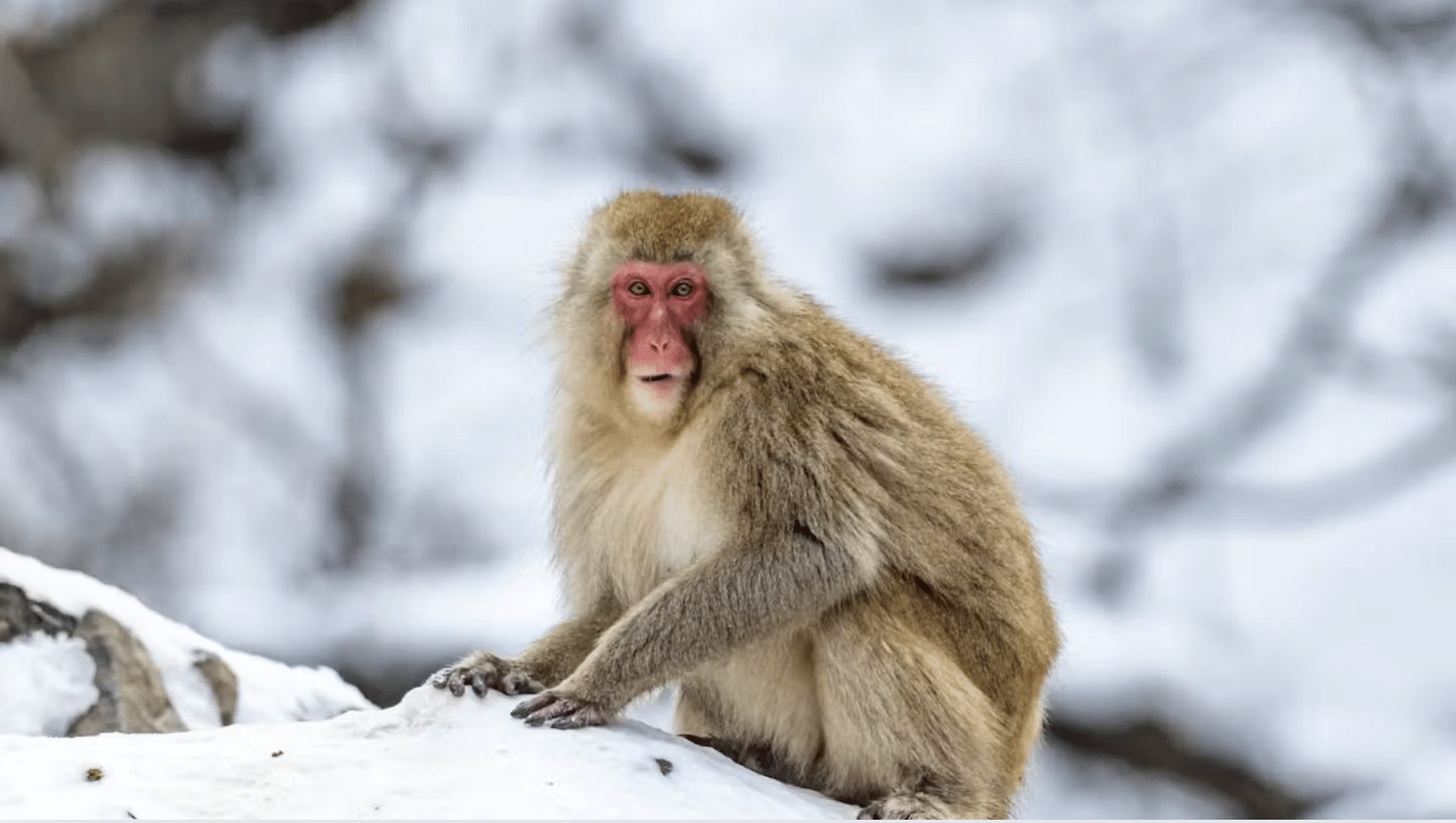
Macaques are medium-sized monkeys with sturdy bodies, expressive faces, and short tails. They’re highly social and adaptable to diverse environments.
-
Region of Habitat: Asia, from Japan to India; forests, mountains, and urban areas.
-
Scientific Name: Macaca spp.
-
Feeding Habits: Omnivorous—eats fruits, leaves, insects, and human food.
-
What Sound They Make: Grunts, screams, and coos for communication and warning.
Fun Facts
Some macaques wash their food and use tools. Japanese macaques are famous for soaking in hot springs.
2. Macaque Monkey
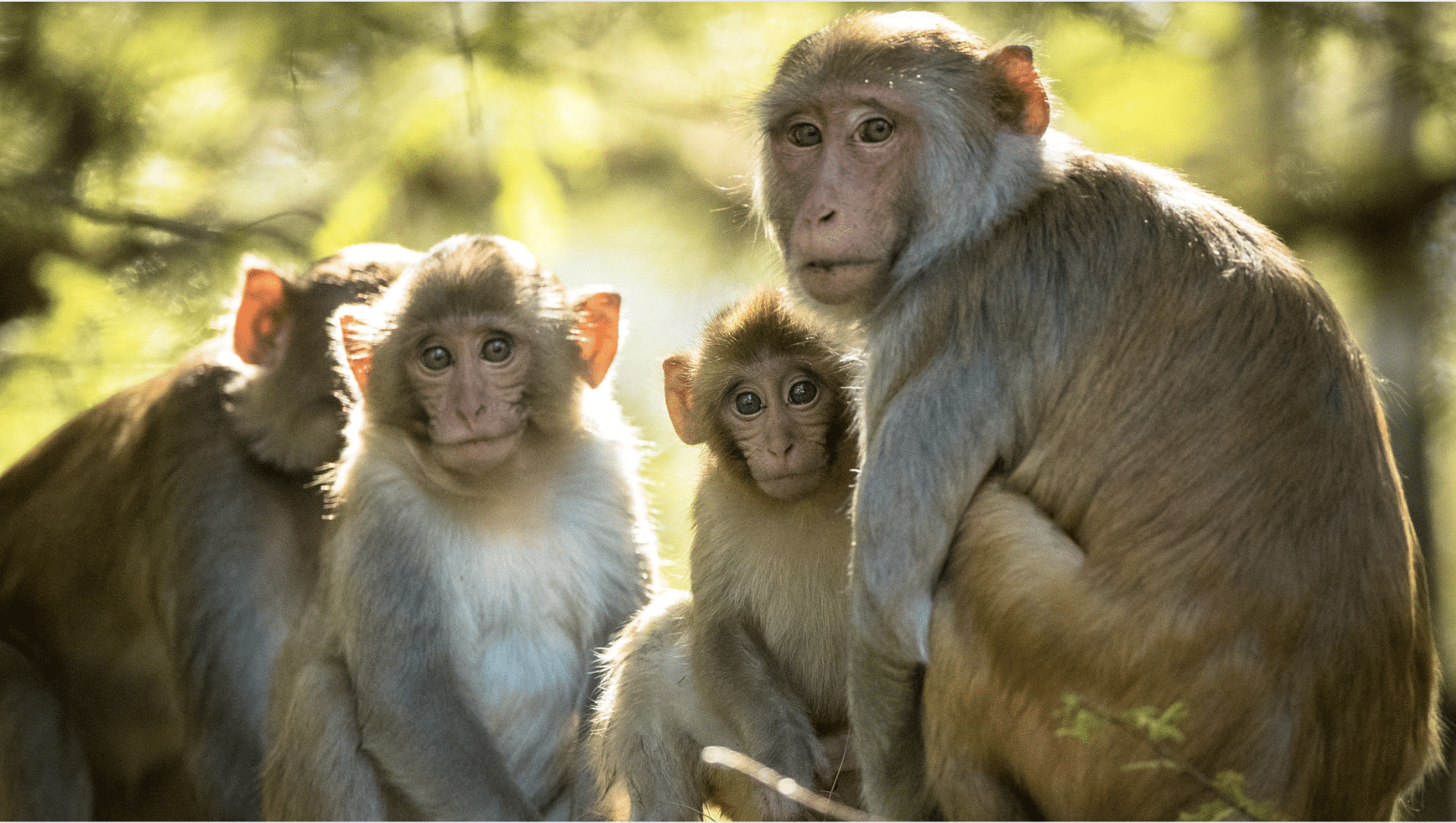
Closely related to the macaque, this group includes several species such as rhesus and crab-eating macaques, known for their intelligence and adaptability.
-
Region of Habitat: South, Southeast, and East Asia; urban areas, forests, and temples.
-
Scientific Name: Macaca spp.
-
Feeding Habits: Fruits, seeds, small animals, and food scraps.
-
What Sound They Make: Loud shrieks, chatter, and alarm calls.
Fun Facts
Rhesus macaques helped scientists develop vaccines and space research. Their societies are matrilineal—females stay in their natal groups.
3. Maine Coon

This large, long-haired domestic cat is known for its bushy tail, tufted ears, and dog-like loyalty. They are one of the oldest natural breeds in North America.
-
Region of Habitat: Domesticated worldwide, especially in the U.S. and Europe.
-
Scientific Name: Felis catus (Maine Coon)
-
Feeding Habits: Carnivorous; fed on cat food or prey like rodents.
-
What Sound They Make: Chirps, trills, and soft meows.
Fun Facts
They’re nicknamed “gentle giants” due to their friendly temperament. Some have polydactyl paws—extra toes for snow traction.
4. Manatee

Also called sea cows, manatees are large, slow-moving aquatic mammals with paddle-shaped tails and whiskered faces.
-
Region of Habitat: Warm coastal waters and rivers in the Caribbean, Florida, and West Africa.
-
Scientific Name: Trichechus spp.
-
Feeding Habits: Herbivorous; grazes on aquatic plants and algae.
-
What Sound They Make: Chirps, squeaks, and whistles, especially between mothers and calves.
Fun Facts
Manatees can hold their breath for up to 20 minutes. They inspired early sailor legends of mermaids.
5. Moose
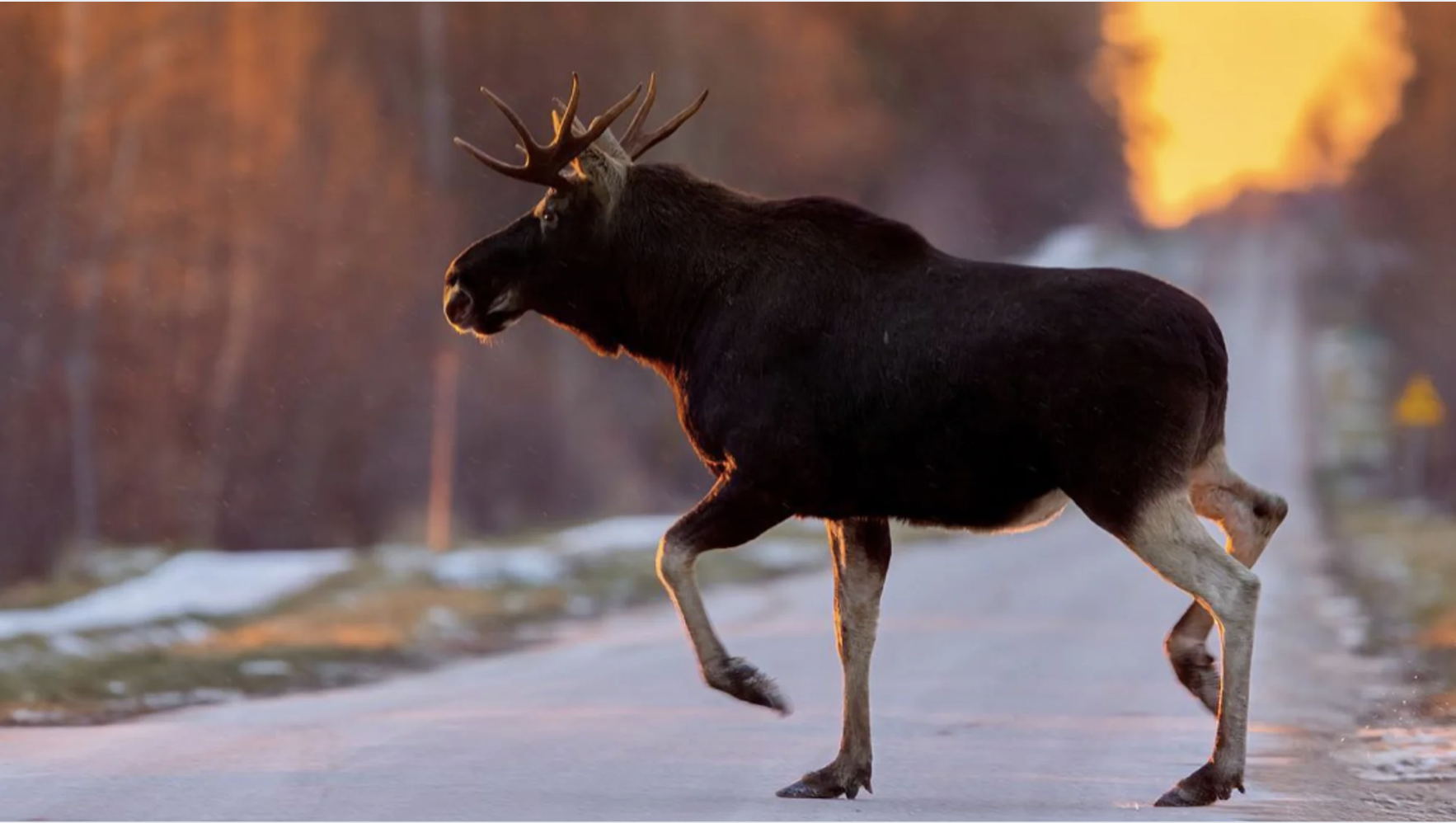
The largest member of the deer family, moose have long legs, a bulky body, and distinctive antlers in males.
-
Region of Habitat: Northern North America, Europe, and Asia; boreal forests and wetlands.
-
Scientific Name: Alces alces
-
Feeding Habits: Herbivorous; eats shrubs, aquatic vegetation, and bark.
-
What Sound They Make: Low grunts, bellows, and snorts, especially during rut.
Fun Facts
Moose can swim several miles and even dive underwater. Their antlers can span up to 6 feet wide.
6. Mountain Lion
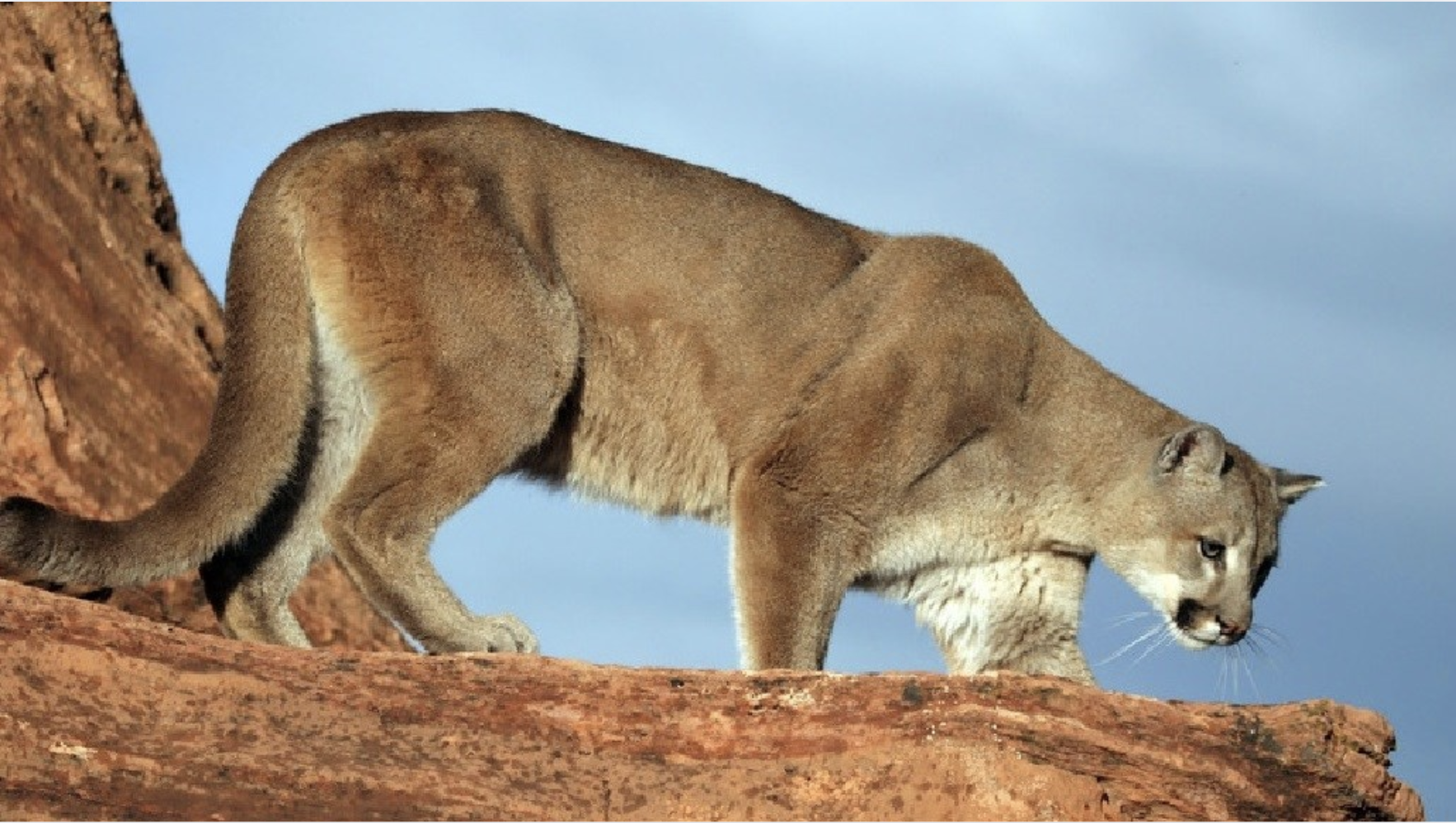
Also known as a cougar or puma, this large, solitary cat has a tawny coat and a powerful build.
-
Region of Habitat: Americas; forests, deserts, and mountainous regions.
-
Scientific Name: Puma concolor
-
Feeding Habits: Carnivorous; hunts deer, rabbits, and other mammals.
-
What Sound They Make: Screams, hisses, growls, and chirps.
Fun Facts
They hold the Guinness record for the animal with the most names. Can leap up to 18 feet vertically in a single bound.
7. Monkey
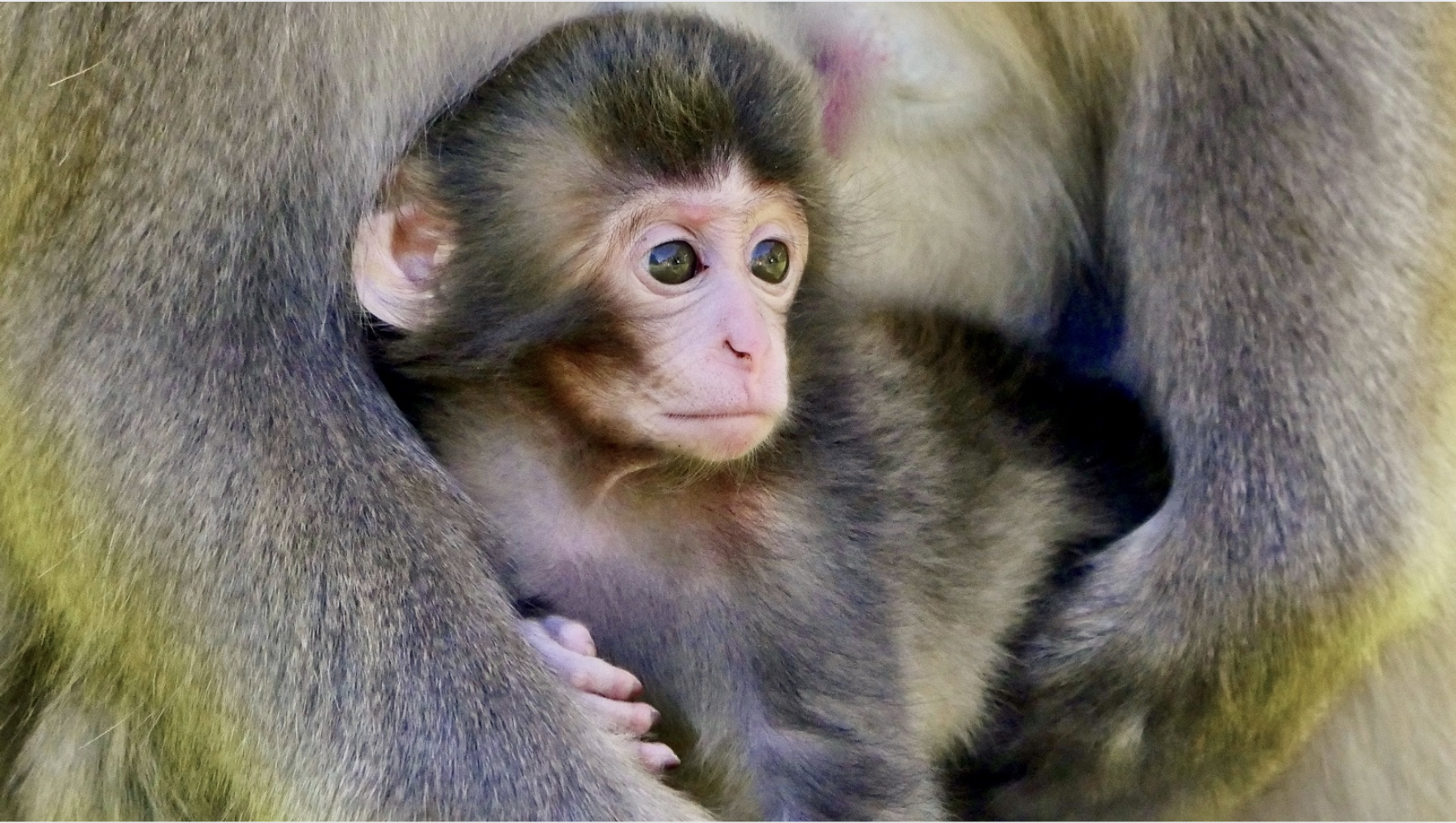
A general term for various intelligent, agile primates with tails, found mostly in trees.
-
Region of Habitat: Tropical forests in Africa, Asia, and Central/South America.
-
Scientific Name: Various species in Cercopithecoidea and Platyrrhini families.
-
Feeding Habits: Omnivorous—eats fruits, leaves, insects, and eggs.
-
What Sound They Make: Chattering, screaming, and howling depending on species.
Fun Facts
Capuchins and macaques can be trained to assist disabled humans. Some monkeys live in troops of over 100 members.
8. Meerkat

Small, slender mongeese with dark eye patches and upright posture, famous for standing sentry.
-
Region of Habitat: Southern Africa; deserts and scrublands.
-
Scientific Name: Suricata suricatta
-
Feeding Habits: Insectivorous; eats insects, small vertebrates, and eggs.
-
What Sound They Make: Alarm calls, barks, and chirps.
Fun Facts
They have a “watchguard” system—one stands lookout while others forage. Resistant to some venomous bites, including scorpions.
9. Mountain Goat
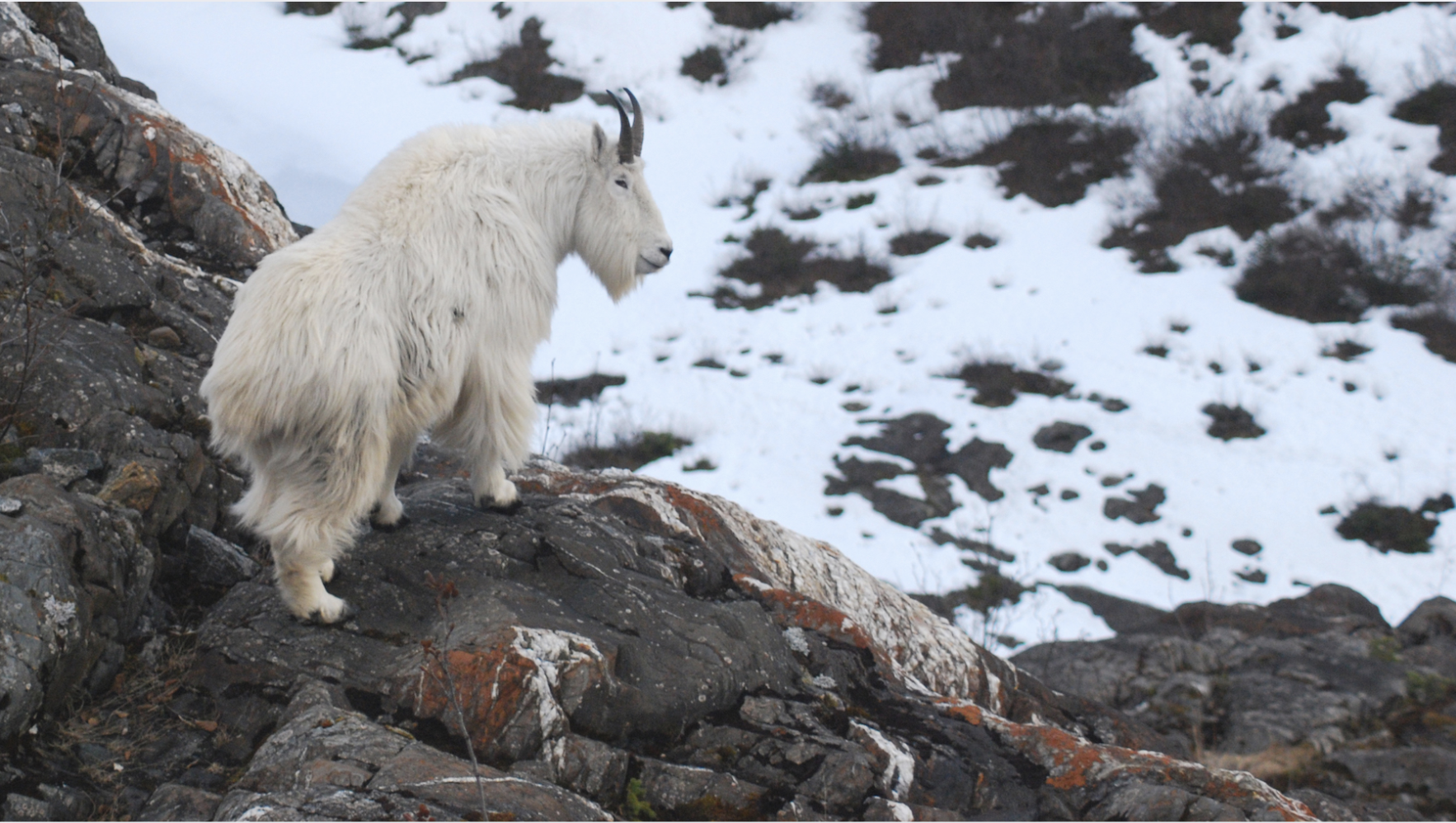
A sturdy goat-antelope with thick white fur and black horns, adapted for steep alpine cliffs.
-
Region of Habitat: Rocky Mountains and Pacific Northwest of North America.
-
Scientific Name: Oreamnos americanus
-
Feeding Habits: Herbivorous; grazes on grasses, herbs, mosses.
-
What Sound They Make: Bleats, snorts, and low grunts.
Fun Facts
Excellent climbers—even kids can scale vertical cliffs. Their hooves have rough pads for gripping rocks.
10. Mountain Zebra
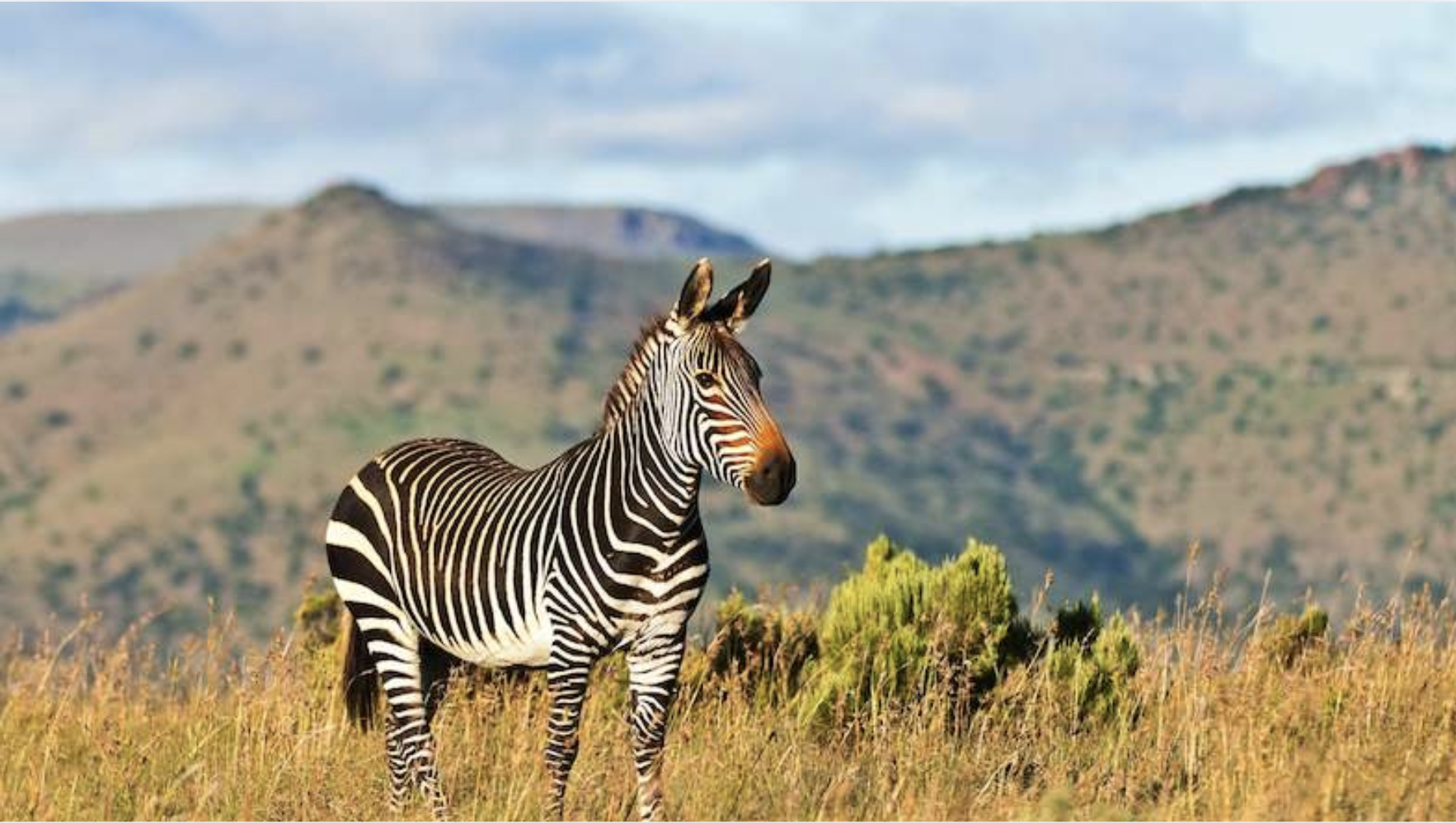
Smaller than plains zebras, these have narrow stripes and a grid-like pattern on the rump.
-
Region of Habitat: Mountainous and hilly regions of southern Africa.
-
Scientific Name: Equus zebra
-
Feeding Habits: Herbivorous; grazes on grasses and shrubs.
-
What Sound They Make: Whinnies, snorts, and squeals.
Fun Facts
Mountain zebras have a distinctive dewlap under their chin. They are more endangered than plains zebras.
11. Mouse
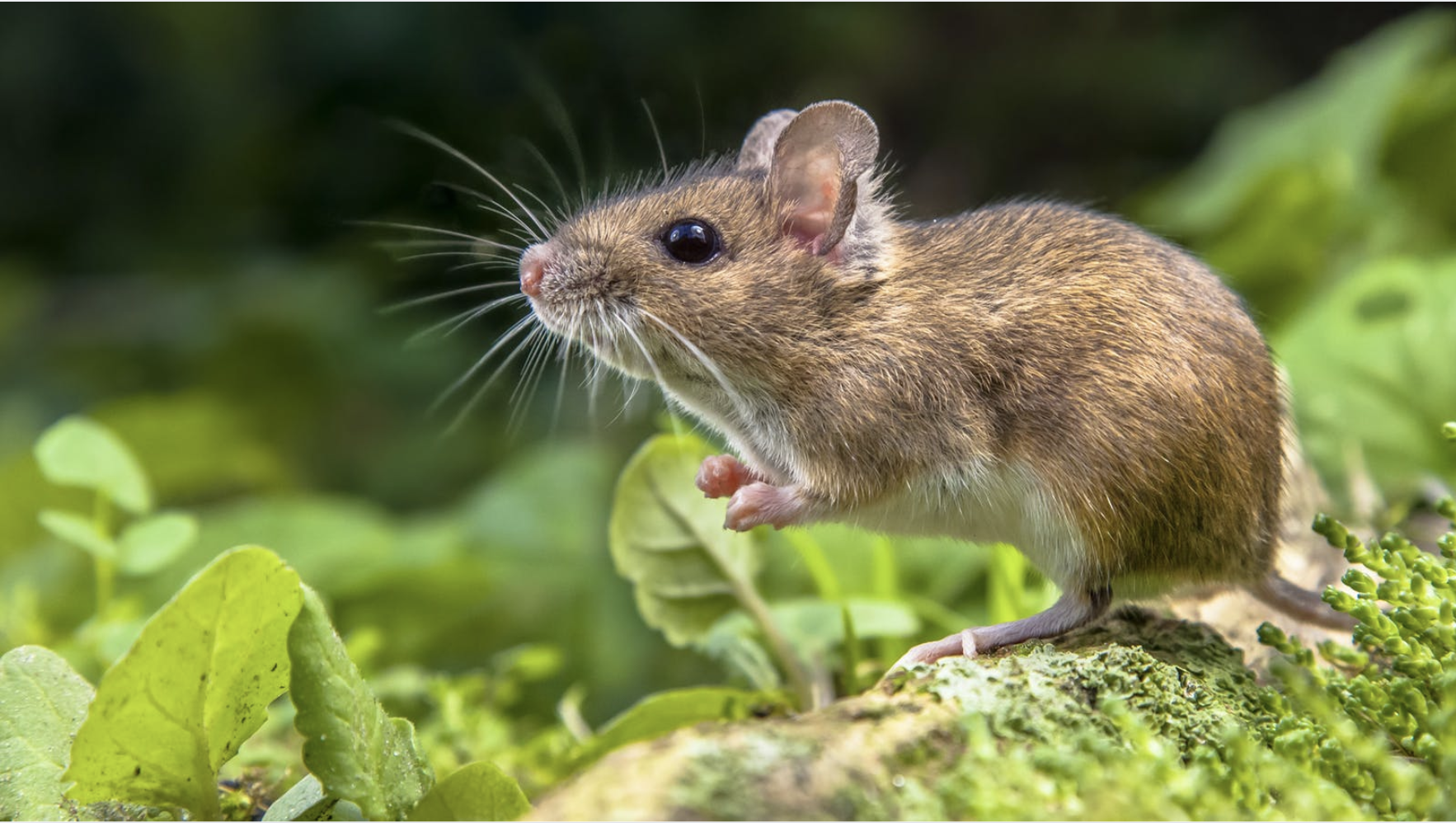
Small rodents with pointed snouts and long tails, found virtually worldwide.
-
Region of Habitat: Global; fields, homes, forests, and deserts.
-
Scientific Name: Mus musculus (common house mouse)
-
Feeding Habits: Omnivorous; eats grains, seeds, insects, and scraps.
-
What Sound They Make: High-pitched squeaks and ultrasonic calls.
Fun Facts
A female mouse can give birth every 3 weeks. Used extensively in medical and genetic research.
12. Marmoset
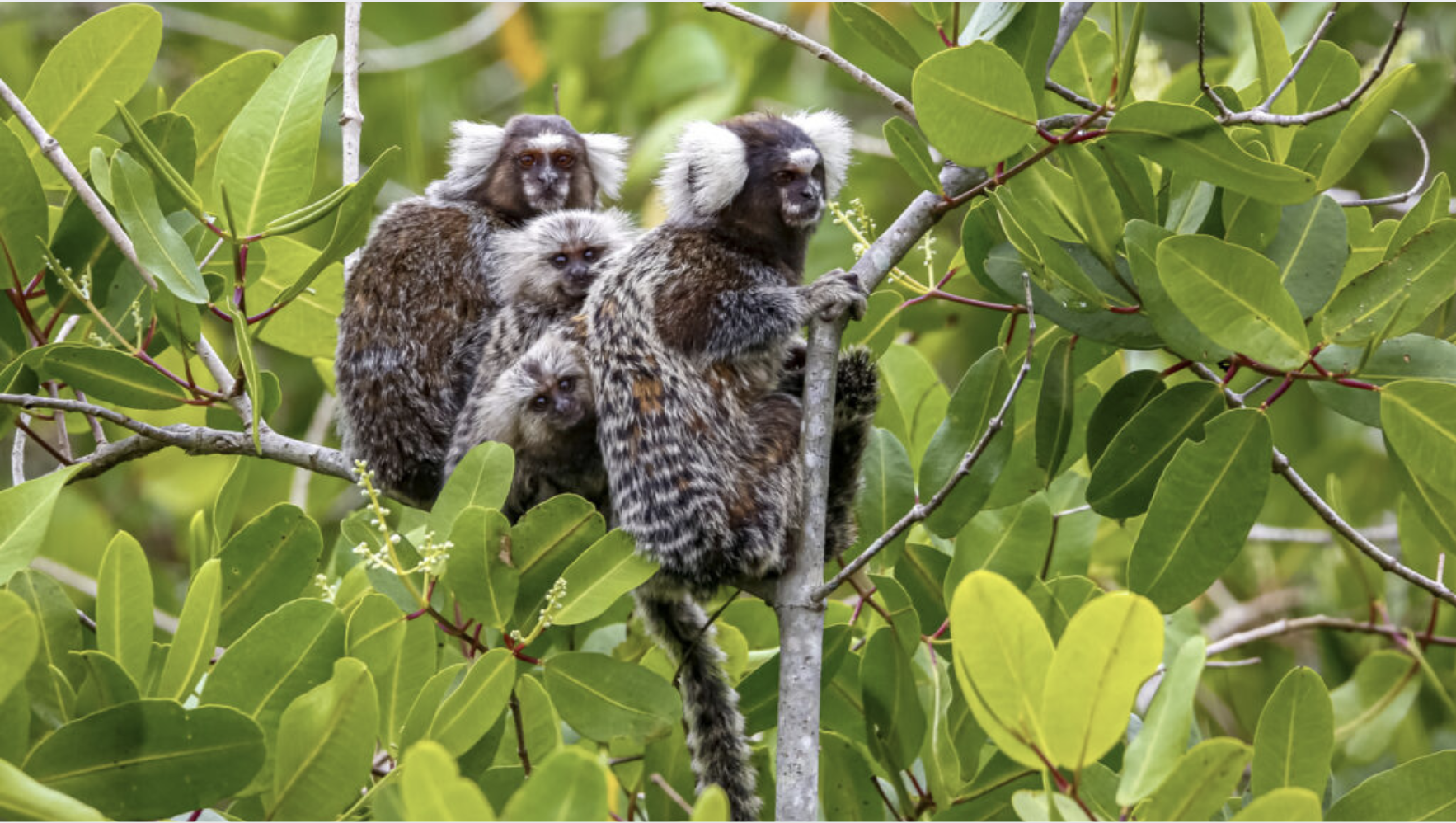
Tiny monkeys with claw-like nails and expressive faces, known for being curious and fast.
-
Region of Habitat: South America; tropical forests and woodlands.
-
Scientific Name: Callithrix spp.
-
Feeding Habits: Fruits, insects, tree sap, and small animals.
-
What Sound They Make: Whistles, clicks, and trills.
Fun Facts
Some species are monogamous and co-parent their young. Weigh less than a pound and can leap over 16 feet.
13. Mountain Gorilla
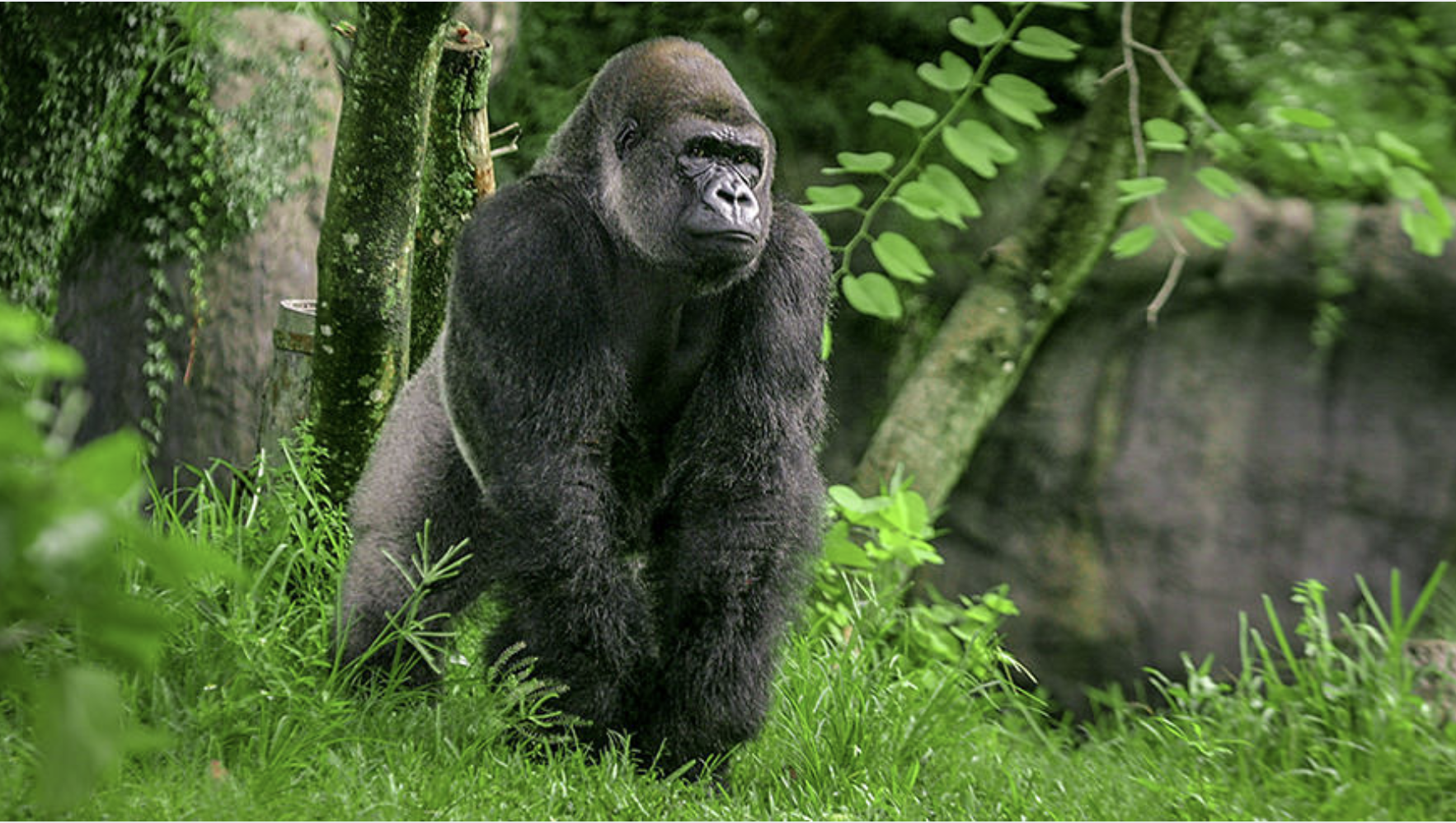
Large, muscular great apes with black fur and gentle eyes; males have silver backs.
-
Region of Habitat: Mountainous forests in Rwanda, Uganda, and DR Congo.
-
Scientific Name: Gorilla beringei beringei
-
Feeding Habits: Herbivorous; eats stems, leaves, fruits, and shoots.
-
What Sound They Make: Grunts, roars, chest-beating, and belches.
Fun Facts
There are fewer than 1,100 left in the wild. Dian Fossey famously studied and protected them.
14. Maltese

A toy dog breed with a silky white coat and playful disposition. They’re small, weighing under 7 lbs.
-
Region of Habitat: Domesticated worldwide.
-
Scientific Name: Canis lupus familiaris (Maltese breed)
-
Feeding Habits: Commercial dog food or small portions of meat and vegetables.
-
What Sound They Make: High-pitched barks and yips.
Fun Facts
Known as ancient lap dogs of royalty. Despite their size, they make excellent watchdogs.
15. Maltipoo

A designer hybrid between a Maltese and a Poodle. Small and fluffy, known for hypoallergenic coats.
-
Region of Habitat: Domesticated globally.
-
Scientific Name: Canis lupus familiaris
-
Feeding Habits: Eats dry kibble or homemade food for small breeds.
-
What Sound They Make: Playful barks and whines.
Fun Facts
Extremely popular among allergy-prone pet lovers. Intelligent and easily trainable, thanks to poodle lineage.
16. Margay
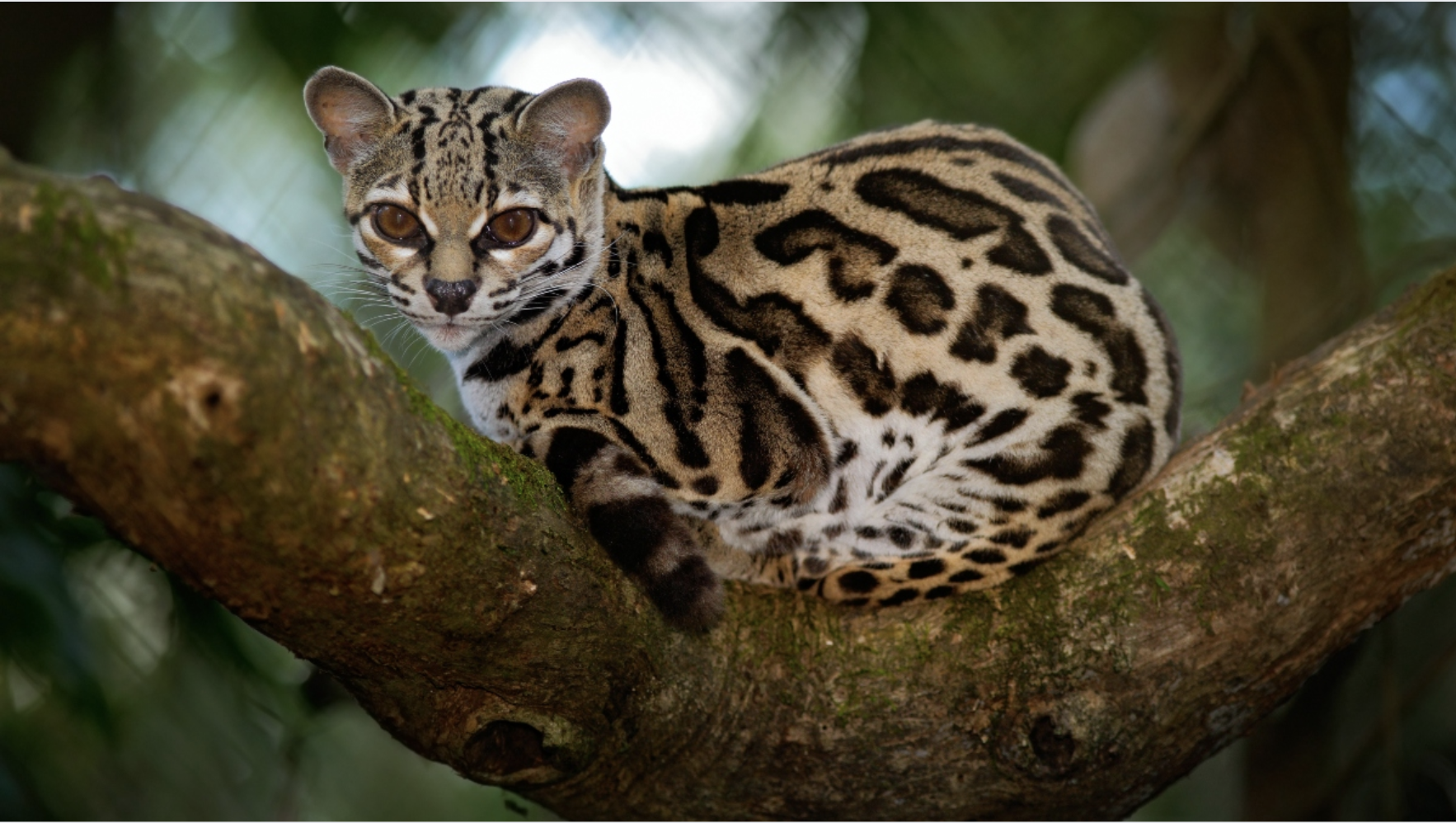
A nocturnal wild cat with large eyes, spotted fur, and incredible agility—similar to an ocelot but smaller.
-
Region of Habitat: Central and South America; rainforests and woodlands.
-
Scientific Name: Leopardus wiedii
-
Feeding Habits: Carnivorous; preys on small mammals, birds, and lizards.
-
What Sound They Make: Meows, growls, and bird-like chirps.
Fun Facts
It can rotate its ankles to climb down trees head-first. One of the few cats that hunts entirely in trees.
17. Musk Ox
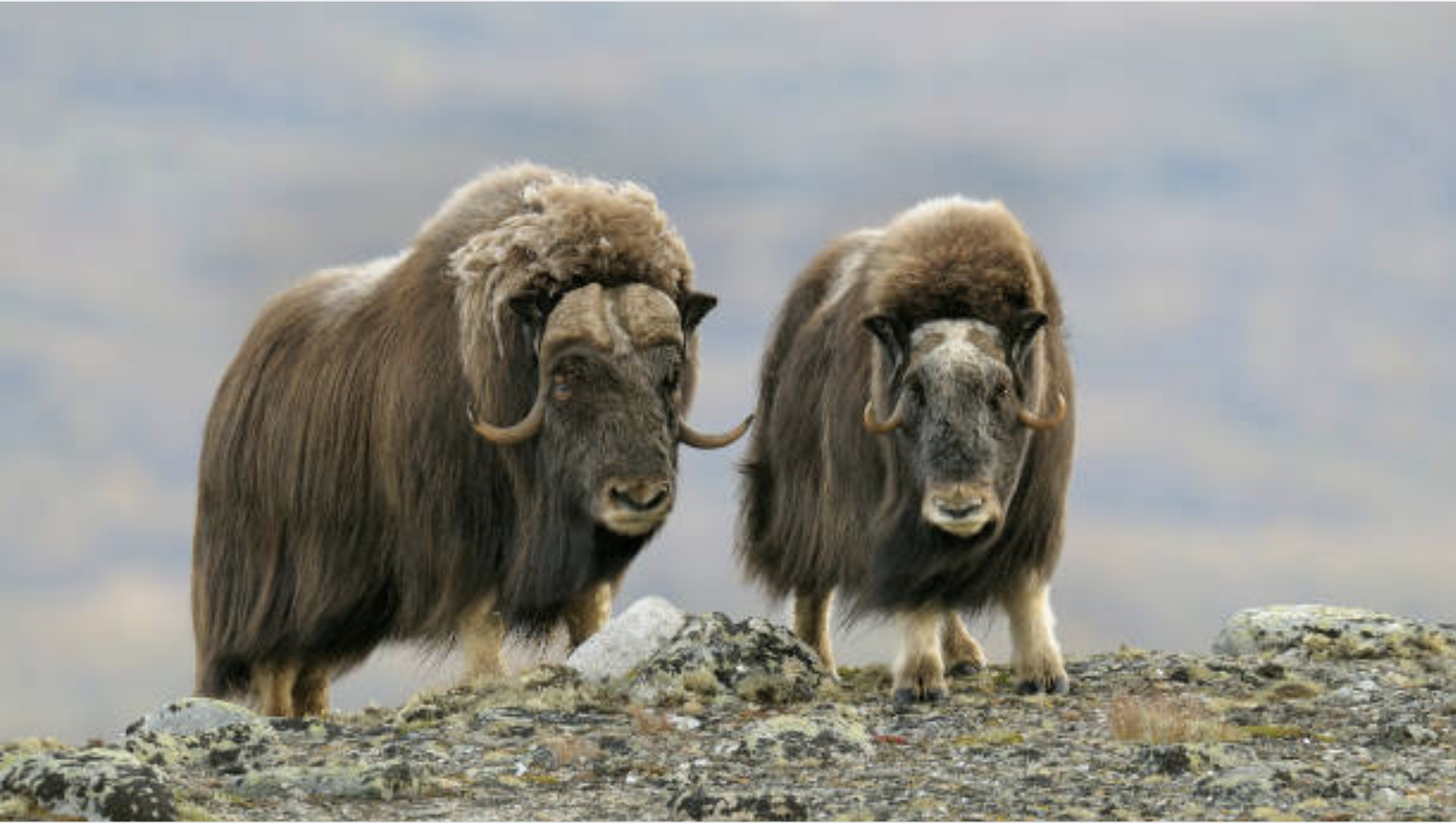
Stocky, long-haired bovine with curved horns, adapted to extreme cold. Covered in thick underwool.
-
Region of Habitat: Arctic tundra of Canada, Greenland, and Alaska.
-
Scientific Name: Ovibos moschatus
-
Feeding Habits: Grazes on grasses, mosses, and lichens.
-
What Sound They Make: Grunts, snorts, and bellows.
Fun Facts
Their underwool, called qiviut, is softer than cashmere. Forms protective circles around calves during attacks.
18. Mule
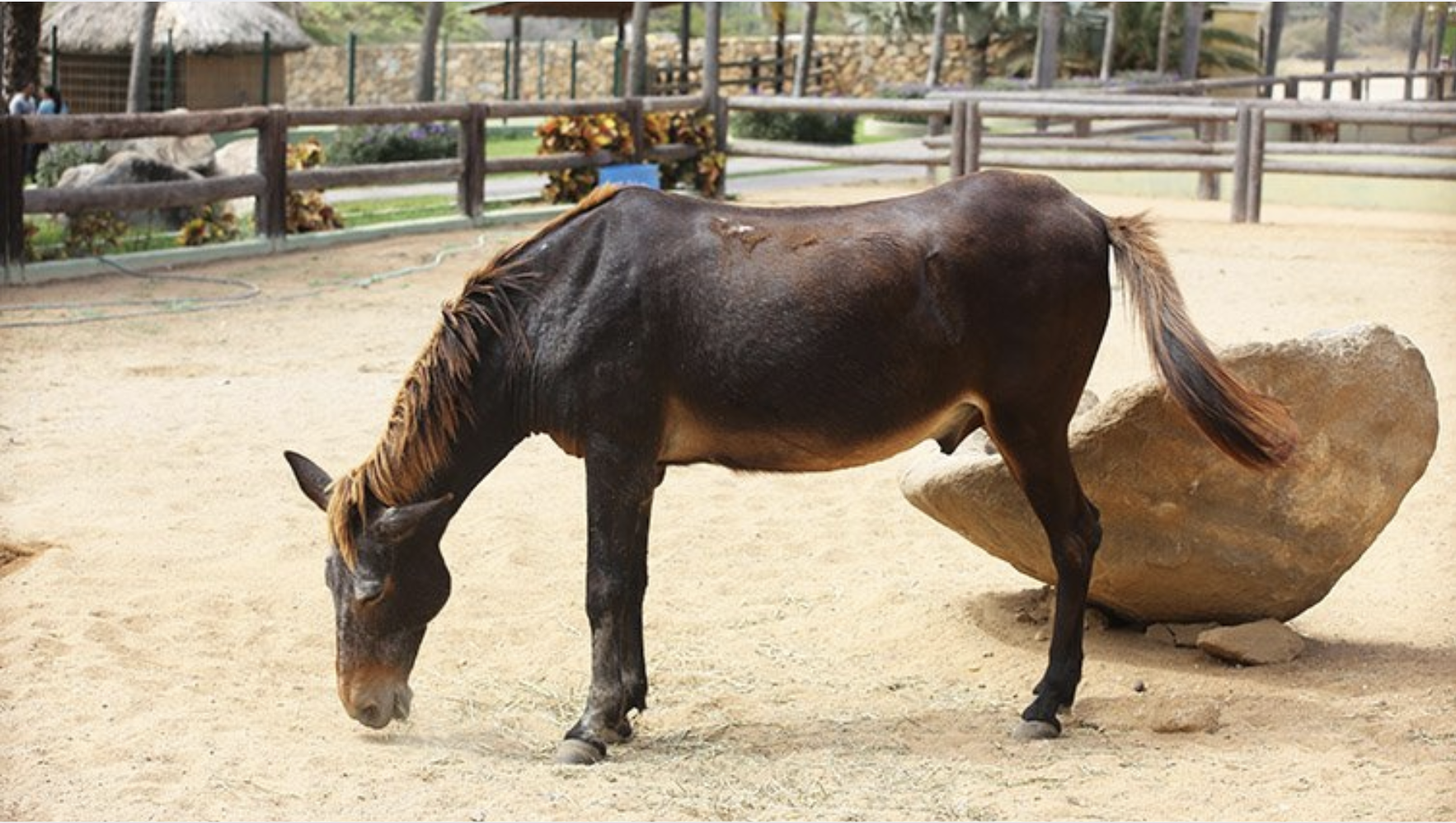
The offspring of a male donkey and female horse; strong, hardy, and sterile.
-
Region of Habitat: Domesticated worldwide in rural and mountainous areas.
-
Scientific Name: Equus mulus
-
Feeding Habits: Herbivorous; eats hay, grains, and pasture.
-
What Sound They Make: A mix of whinnies and brays.
Fun Facts
Known for their endurance and sure-footedness. George Washington bred mules on his estate.
19. Mongoose
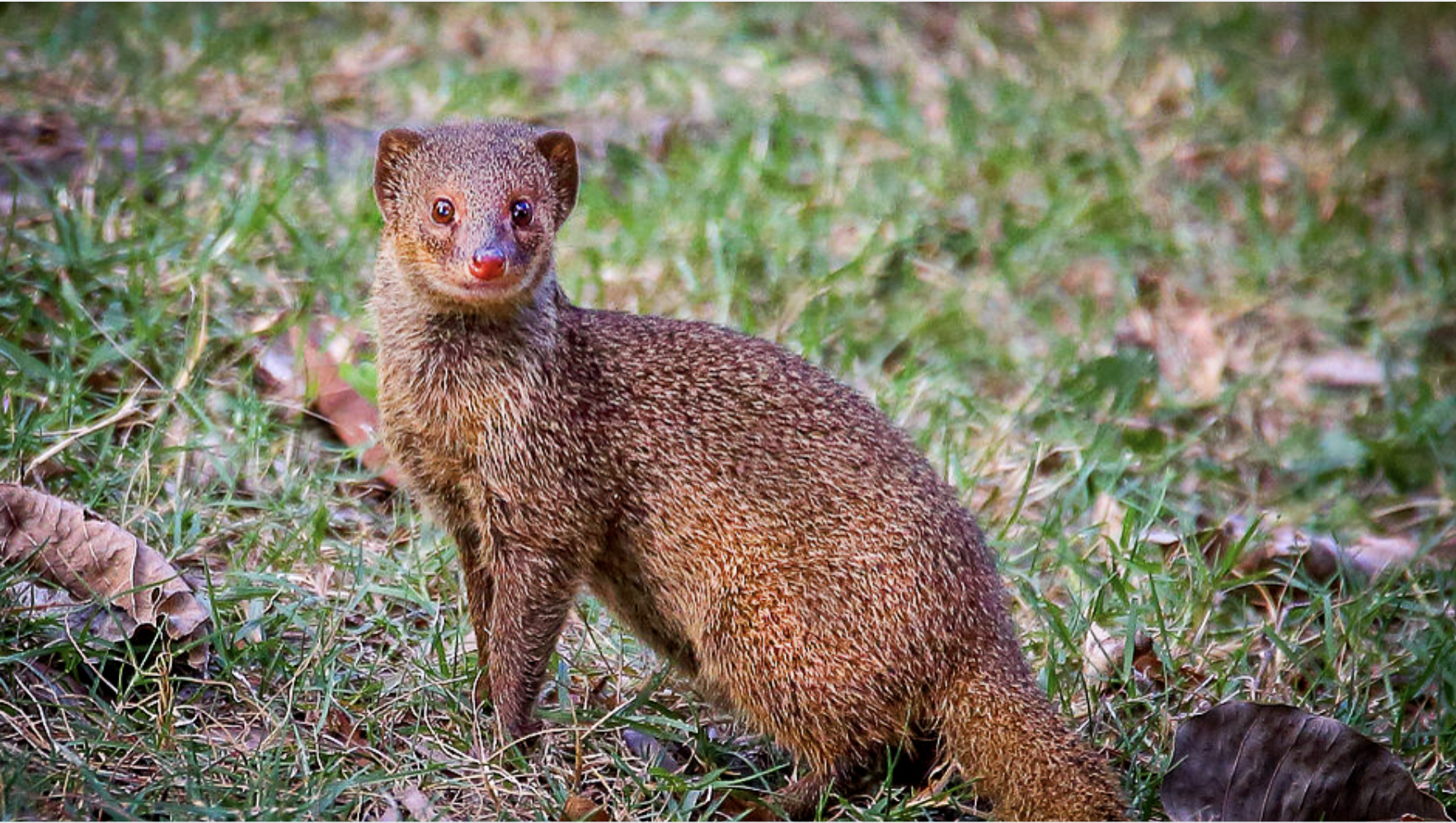
Small carnivores with long bodies and sharp teeth, famed for fighting snakes.
-
Region of Habitat: Africa, Asia, and parts of southern Europe.
-
Scientific Name: Herpestidae family
-
Feeding Habits: Carnivorous; eats insects, small mammals, and reptiles.
-
What Sound They Make: Growls, chirps, and hisses.
Fun Facts
Some species are immune to snake venom. Live in complex, cooperative social groups.
20. Marten
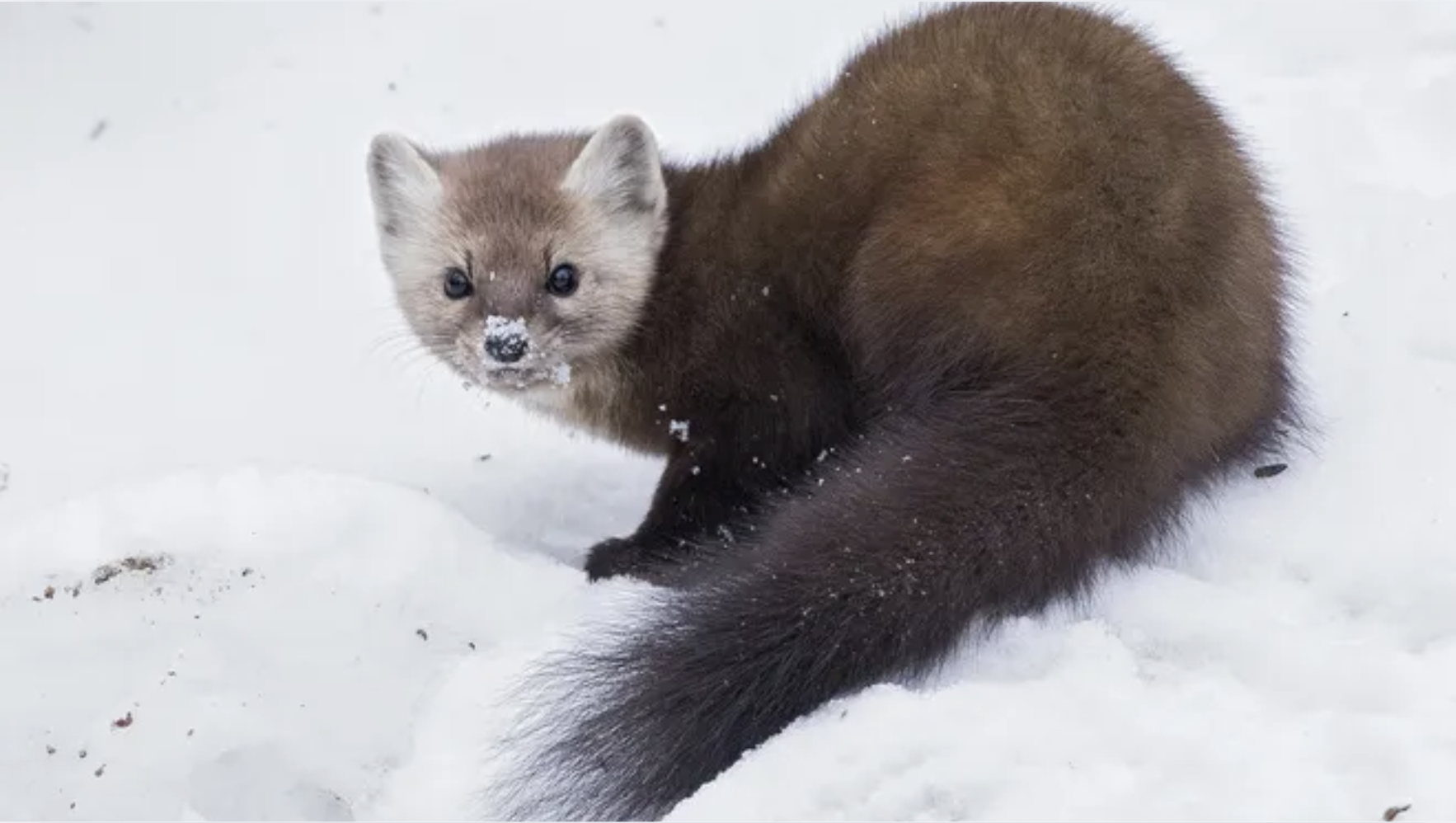
Weasel-like mammals with silky fur and bushy tails. Agile climbers and skilled hunters.
-
Region of Habitat: Forests in Europe, Asia, and North America.
-
Scientific Name: Martes spp.
-
Feeding Habits: Omnivorous; eats small animals, fruits, and insects.
-
What Sound They Make: Chuckles, hisses, and occasional screams.
Fun Facts
Highly territorial and elusive in the wild. Pine martens help control invasive grey squirrels in Europe.
Mammals with M Names You Didn’t Know About!
21. Mackenzie Valley Wolf
22. Mackenzie Wolf
23. Macrauchenia
24. Malayan Civet
25. Malayan Tiger
26. Malchi
27. Malteagle
28. Maltese Mix
29. Maltese Shih Tzu
30. Maltipom
31. Mammoth
32. Manchester Terrier
33. Mandrill
34. Maned Wolf
35. Mangalitsa Pig
36. Mara
37. Marble Fox
38. Maremma Sheepdog
39. Markhor
40. Marlin
41. Marmot
42. Marsican Brown Bear
43. Marsupial Mole
44. Masai Giraffe
45. Mastador
46. Mastiff
47. Mastiff Mix
48. Mastodon
49. Mauzer
50. Meagle
51. Megaloceros
52. Megatherium
53. Mexican Free-Tailed Bat
54. Mexican Grey Wolf
55. Mexican Mole Lizard
56. Mexican Wolf
57. Miki
58. Mini Labradoodle
59. Mini Lop
60. Miniature Bull Terrier
61. Miniature Horse
62. Miniature Husky
63. Miniature Pinscher
64. Mink
65. Minke Whale
66. Mole
67. Mole Rat
68. Mongrel
69. Morkie
70. Moscow Watchdog
71. Mountain Beaver
72. Mountain Cur
73. Mountain Feist
74. Mountain Tapir
75. Mouse Deer
76. Mudi
77. Mule Deer
78. Muntjac
79. Musk Deer
80. Muskrat
81. Musky Rat-Kangaroo
Final Words
From the nimble marmoset to the snow-trudging musk ox, mammals with M highlight the incredible variety found in nature.
Some are household companions, while others roam mountains, forests, and oceans. Each one brings its own story—whether it’s the tool-using macaque, the elusive margay, or the iconic moose with massive antlers.
With numerous species listed, including some rare or lesser-known mammals, this resource is a great starting point for expanding your knowledge or simply enjoying the marvels of the natural world.
Keep exploring because the magic of mammals doesn’t end with M!
If you’re interested in more informative animal and wildlife content, feel free to click here and explore other blogs that you might enjoy!

